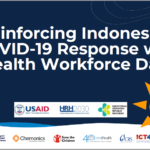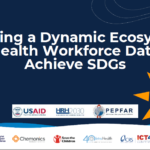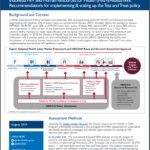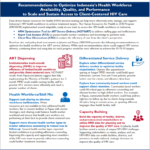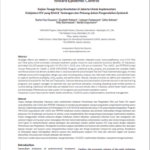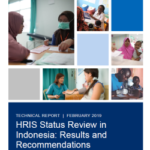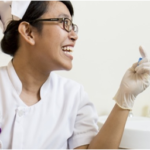09 Jun Presentation: Reinforcing Indonesia’s COVID-19 Response with Health Workforce Data
On May 6, 2020, HRH2030 participated in the first-ever Global Digital Development Forum. This session showcased how Indonesia’s investments in health workforce information systems have yielded a strategic, rapid, and effective response to the COVID-19 pandemic, while also allowing the health system to continue...






